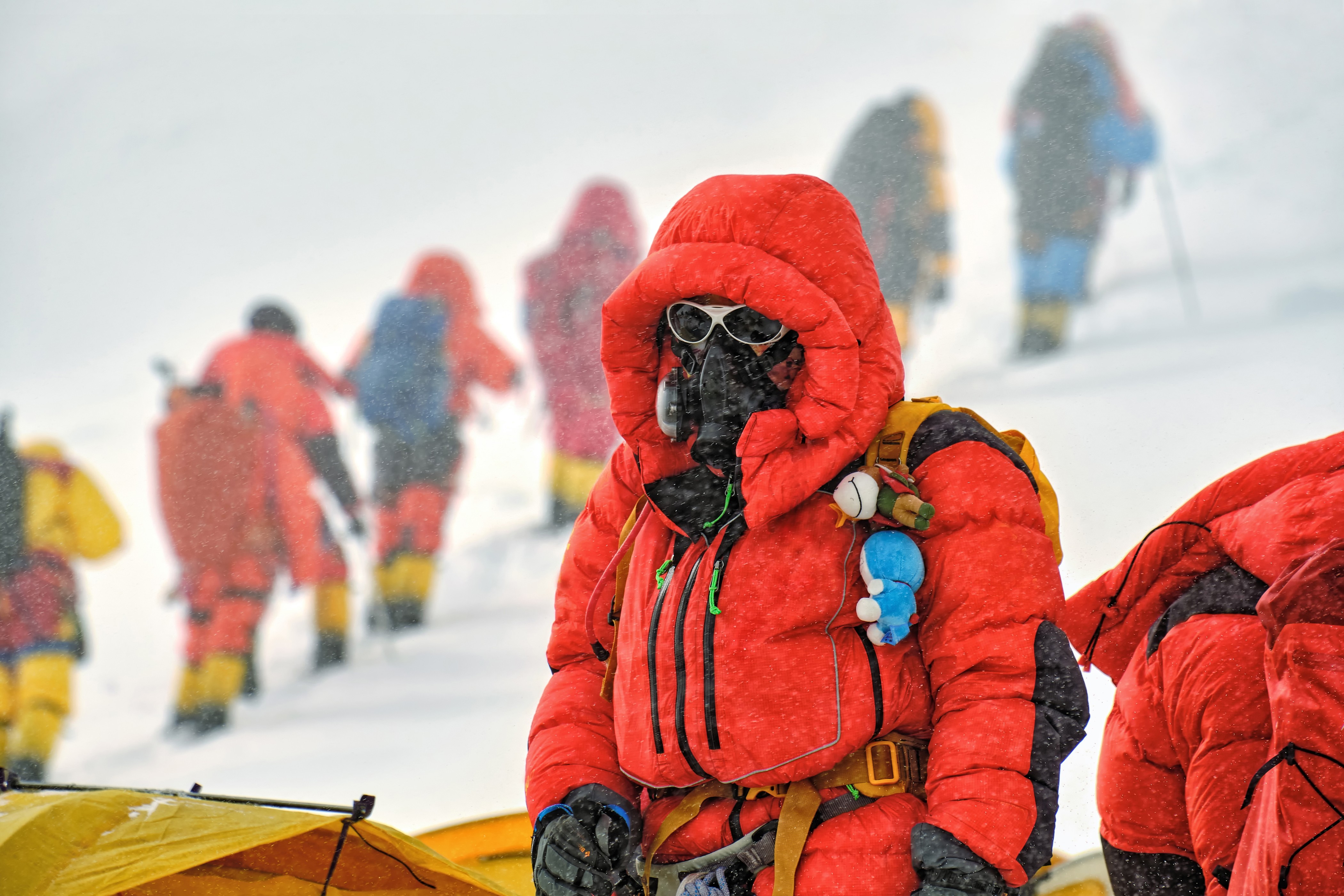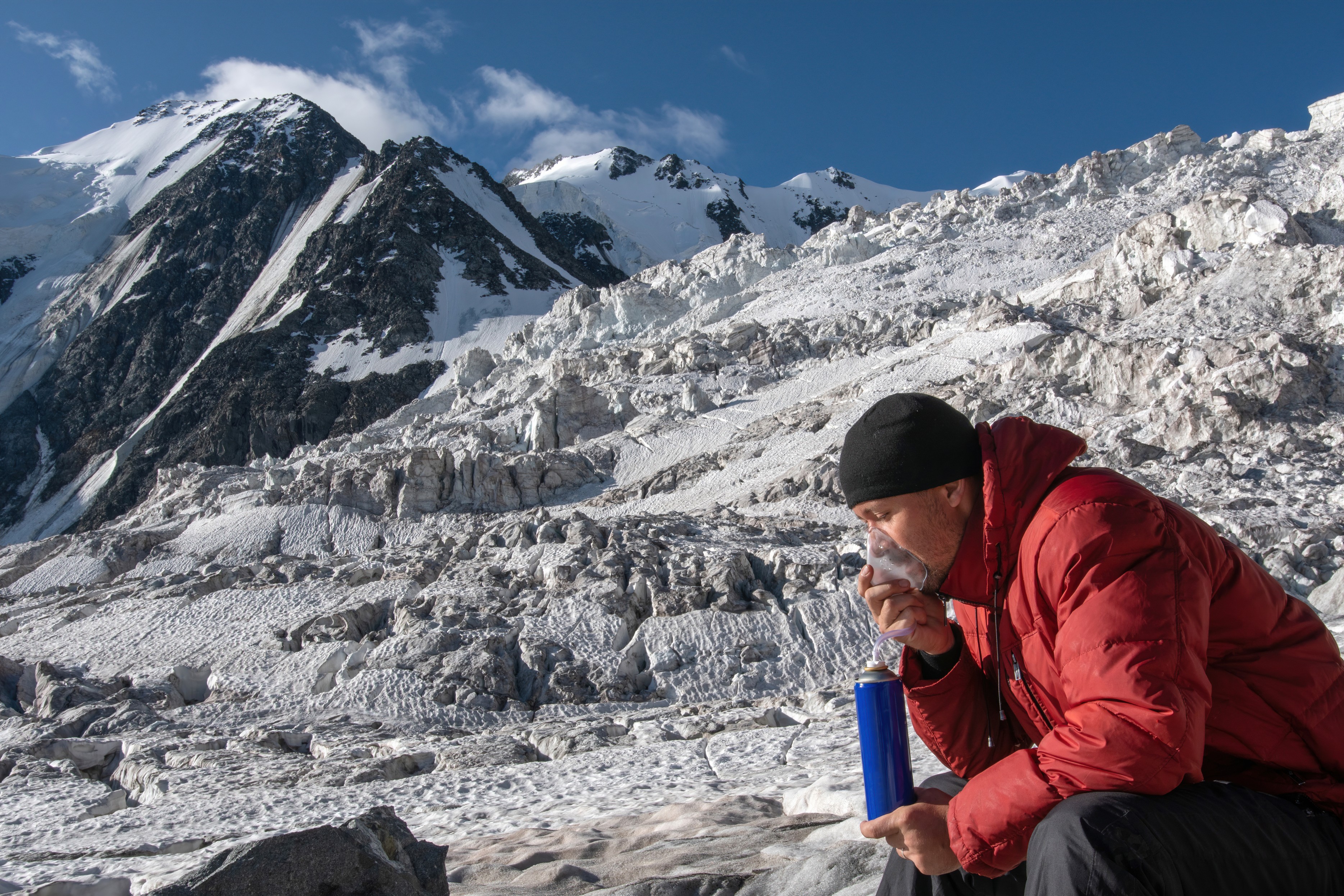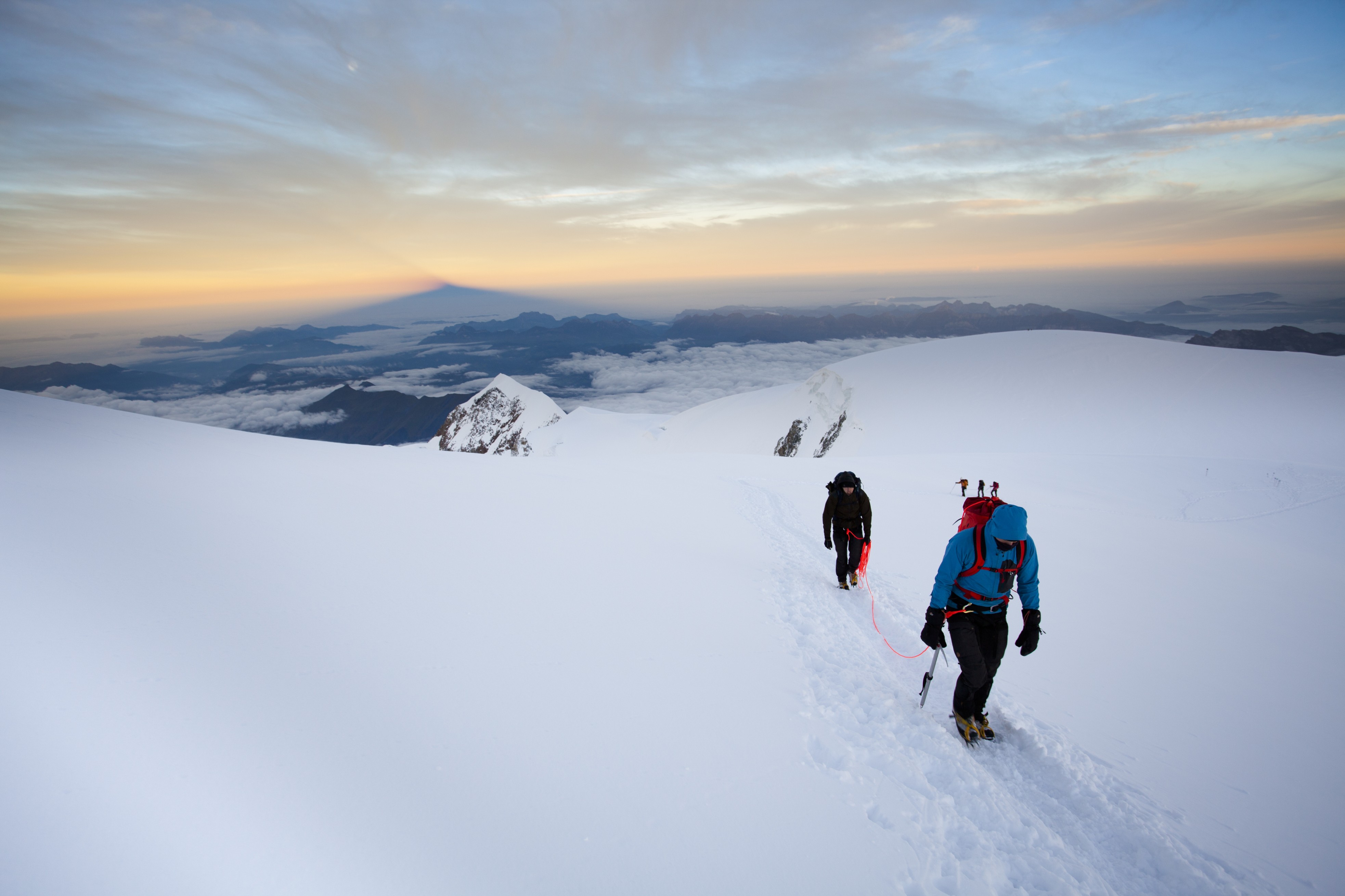How the Body Copes Above 8,000 Meters
If you're preparing for an expedition to one of the world’s tallest peaks—Everest, K2, or Lhotse—understanding how your body will react at extreme altitude could make all the difference. The higher you go, the less oxygen there is to breathe, and past a certain point, your body enters what climbers call the “Death Zone.” Here, at altitudes above 8,000 meters, every step becomes a battle, and survival hinges not just on strength but on how well your body can adapt.
So, what actually happens to your body up there? And how do mountaineers push through the thin air, freezing temperatures, and extreme exhaustion to reach the summit?
The Thin Air and Every Breath Counts
At sea level, breathing is something you barely think about. But as you ascend, the air gets thinner, and breathing becomes a conscious struggle. By the time you’re at Everest Base Camp (5,364 meters), the oxygen level is roughly half of what it is at sea level. Go above 8,000 meters, and you’re looking at only a third. That’s why climbers gasp for air, even while resting, and every step feels like a monumental task.
In this oxygenstarved environment, your body enters a state of hypoxia, meaning it’s literally starved for oxygen. This lack of oxygen doesn’t just make you feel tired; it slows your brain, your muscles, and every function of your body. High altitude climbers often describe this sensation as if they’re “moving in slow motion.” Tasks that are simple back home, like adjusting a helmet strap, become challenging and mentally taxing in the Death Zone.
At this height, altitude sickness symptoms start to creep in. You might feel a pounding headache, dizziness, and nausea—your body’s way of protesting. But seasoned climbers know they have to keep pushing, taking calculated steps and conscious breaths, because turning back too soon could mean missing the chance to summit.

The Power of Acclimatization and the Climber’s Secret Weapon
Why does acclimatization matter so much? Because it allows your body to produce more red blood cells, which carry oxygen. It’s like your body’s natural way of “supercharging” itself. The more red blood cells you have, the better your chances of getting enough oxygen to your muscles, brain, and lungs when the air is thin.
However, this adaptation comes at a price. More red blood cells mean thicker blood, which makes it harder for your heart to pump. The strain on your heart increases significantly, and resting heart rates can soar to over 100 beats per minute, even when you’re just lying in your tent. Every climber on Everest, K2, or Annapurna knows this feeling all too well—the constant heartbeat thumping in your chest, reminding you that even when you’re still, your body is working overtime.
The Risks of Altitude Sickness and How Climbers Manage It
Anyone heading to extreme altitudes is familiar with the risks of altitude sickness, but in the Death Zone, this goes from being uncomfortable to outright dangerous. High altitude pulmonary edema (HAPE) and high altitude cerebral edema (HACE) are two lifethreatening conditions that can strike without warning. In HAPE, fluid leaks into your lungs, making breathing nearly impossible. In HACE, fluid swells the brain, leading to confusion, impaired judgment, and sometimes even hallucinations.
Imagine being on K2’s narrow ridges or the icy slopes of Kangchenjunga, struggling to think straight, your vision blurred, your balance unsteady. A climber with HACE might try to walk off the side of the mountain, or a HAPE sufferer might collapse just steps from the safety of a tent.
The best defense against these deadly conditions is knowing the symptoms and responding quickly. If a climber shows signs of HAPE or HACE, the rule is simple but brutal: descend immediately. The only cure is a drop in altitude, but that’s easier said than done when you’re exhausted and the weather can turn on a dime. This is why most seasoned climbers, like those attempting Everest, carry supplemental oxygen, which can make a lifesaving difference.

Supplemental Oxygen: The Lifeline in the Death Zone
For many, using oxygen is the difference between life and death. Some climbers choose to climb without it, known as “going O2 free,” but this is a risky decision that few attempt. Those who go without oxygen often describe hallucinations, disorientation, and a level of exhaustion that feels insurmountable. Reinhold Messner, one of the first to summit Everest without supplemental oxygen, described it as “like being in a dream state, barely aware of reality.”
While supplemental oxygen is essential for most climbers, it’s also heavy, which means hauling extra weight—a conundrum in an environment where every gram counts. Carrying it requires extra Sherpa support and planning, which is why only well-equipped expeditions on Everest, Cho Oyu, and Manaslu use it extensively.
The Sherpas: High Altitude Heroes and Natural Adaptation
If there’s one group of people who seem almost built for high altitude climbing, it’s the Sherpas of the Himalayas. Living at high altitudes for generations, Sherpas have developed genetic adaptations that make them uniquely suited for climbing the world’s tallest mountains. They have a version of the EPAS1 gene, often called the “super athlete gene,” which allows them to use oxygen more efficiently.
Sherpas have been integral to nearly every successful Everest summit. They guide, carry loads, and often handle the most dangerous parts of the ascent, like setting up ropes in the Khumbu Icefall. But it’s not just their strength and stamina that set Sherpas apart; it’s their resilience to altitude sickness and their ability to carry heavy loads where most climbers struggle with just themselves.
On any expedition, from Everest to Makalu, working with Sherpas isn’t just a luxury—it’s a necessity. Their expertise, cultural knowledge, and physical prowess are unmatched. As one climber famously said, “Climbing without Sherpas is like trying to climb without air.”
Keep reading: Everest Climbing: How To Do It Responsibly

Mental Toughness: The Real Game Changer
Mental resilience becomes your best friend. It’s what allows climbers to keep moving when their bodies are begging them to stop. Many climbers use “mantras” or mental routines to keep themselves focused. Some count steps, others focus on breathing, and others visualize the summit, turning their minds into tools of survival.
A classic example is the “20 more steps” strategy, where climbers give themselves small, achievable goals. “Just 20 more steps” is easier to process than thinking about hours of brutal ascent. This mental game helps climbers inch closer to the summit, even when their energy reserves are almost gone.
Preparing for the Journey of a Lifetime
Climbing a mountain over 8,000 meters is more than a physical feat—it’s a test of what the human body and mind can endure. For those eyeing peaks like Everest or K2, preparation is key. Train hard, strengthen your mind, and remember: reaching the summit is only half the journey. It’s not about conquering nature but respecting its power. Ready to embrace this adventure? Start your climb planning with Expedreview to find the right guide and get set for a truly unforgettable experience.